Rising Incidence of Breast Cancer
The increasing incidence of breast cancer is a primary driver for the Breast Prosthesis Market. According to recent statistics, breast cancer remains one of the most prevalent cancers among women, with millions diagnosed annually. This alarming trend necessitates the availability of effective solutions, including breast prostheses, to support women post-surgery. As awareness of breast cancer rises, so does the demand for prosthetic options that cater to diverse needs. The Breast Prosthesis Market is likely to experience growth as healthcare providers and patients seek innovative products that enhance comfort and aesthetics. Furthermore, the emphasis on early detection and treatment may lead to a higher number of survivors, thereby increasing the need for prosthetic solutions that help restore confidence and quality of life.
Technological Innovations in Prosthetic Design
Technological advancements in prosthetic design are significantly influencing the Breast Prosthesis Market. Innovations such as 3D printing and the use of lightweight, breathable materials have revolutionized the way breast prostheses are manufactured. These advancements not only improve the comfort and fit of prostheses but also allow for customization to meet individual patient needs. The market is witnessing a shift towards more sophisticated designs that mimic natural breast tissue, enhancing the overall user experience. As a result, the Breast Prosthesis Market is poised for growth, with manufacturers investing in research and development to create products that are both functional and aesthetically pleasing. This trend indicates a promising future for the industry, as patients increasingly seek out high-quality, technologically advanced prosthetic options.
Increased Focus on Women's Health and Well-being
The heightened focus on women's health and well-being is driving growth in the Breast Prosthesis Market. As societal attitudes shift towards prioritizing women's health issues, there is a growing recognition of the importance of post-mastectomy care. This awareness is fostering a supportive environment for women to seek out breast prostheses as part of their recovery journey. Healthcare providers are increasingly incorporating discussions about prosthetic options into treatment plans, ensuring that patients are informed about their choices. The Breast Prosthesis Market is likely to benefit from this trend, as more women become empowered to explore solutions that enhance their quality of life after surgery. This focus on holistic health is expected to sustain market growth in the coming years.
Expansion of Distribution Channels and Accessibility
The expansion of distribution channels and improved accessibility are crucial factors driving the Breast Prosthesis Market. With the rise of e-commerce and online retail platforms, patients now have greater access to a variety of breast prosthetic options. This shift is particularly beneficial for those in remote areas or regions with limited access to specialized medical facilities. Additionally, partnerships between manufacturers and healthcare providers are enhancing the availability of prosthetic products in clinics and hospitals. As the Breast Prosthesis Market continues to evolve, the increased accessibility of these products is likely to encourage more women to consider prosthetic solutions, thereby contributing to market growth. The convenience of purchasing options, combined with a wider range of products, is expected to positively impact consumer behavior.
Growing Demand for Customization and Personalization
The demand for customization and personalization in breast prostheses is becoming a significant driver in the Breast Prosthesis Market. Patients are increasingly seeking products that cater to their unique body shapes and preferences, leading to a rise in tailored prosthetic solutions. This trend is supported by advancements in manufacturing technologies, which enable the production of bespoke prostheses that align with individual requirements. The Breast Prosthesis Market is adapting to this shift by offering a wider range of sizes, shapes, and materials, allowing for a more personalized experience. As consumers become more discerning about their choices, the ability to customize prosthetic options is likely to enhance customer satisfaction and loyalty, further propelling market growth.


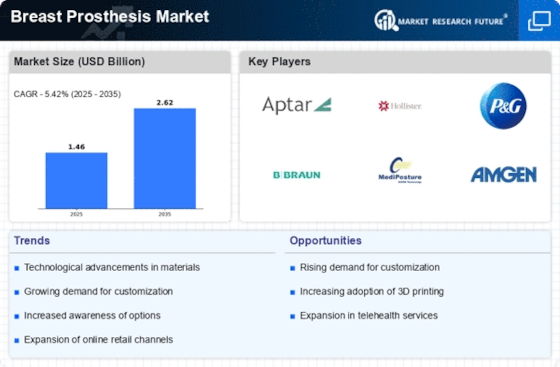
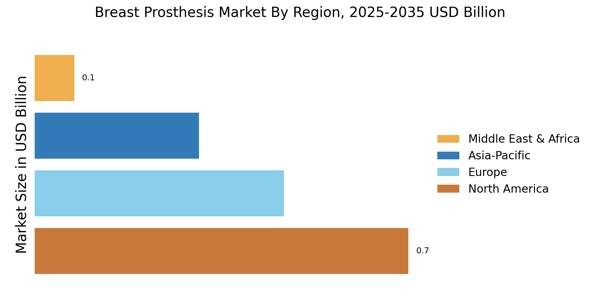

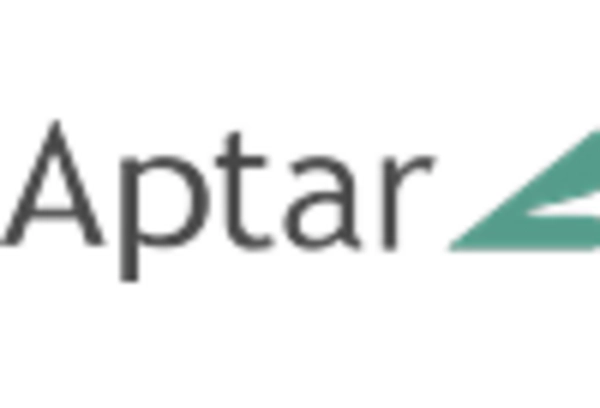

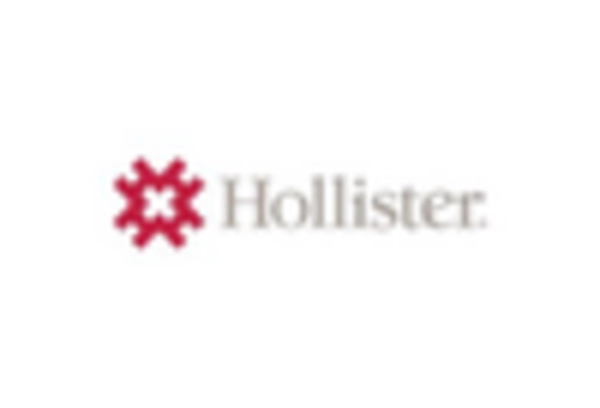
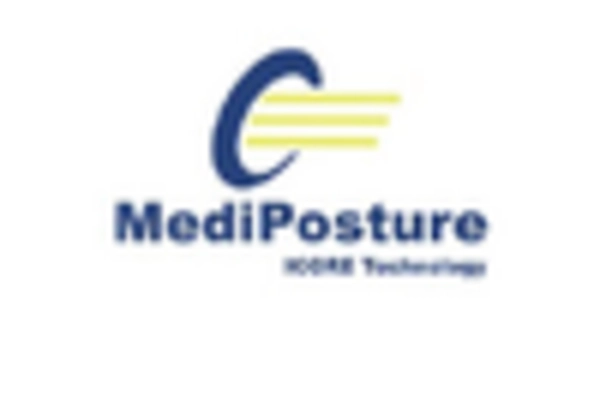
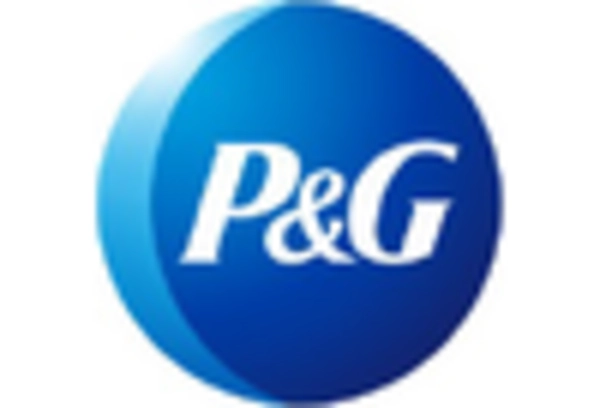








Leave a Comment